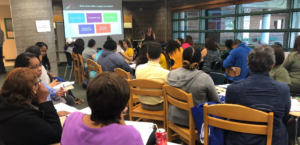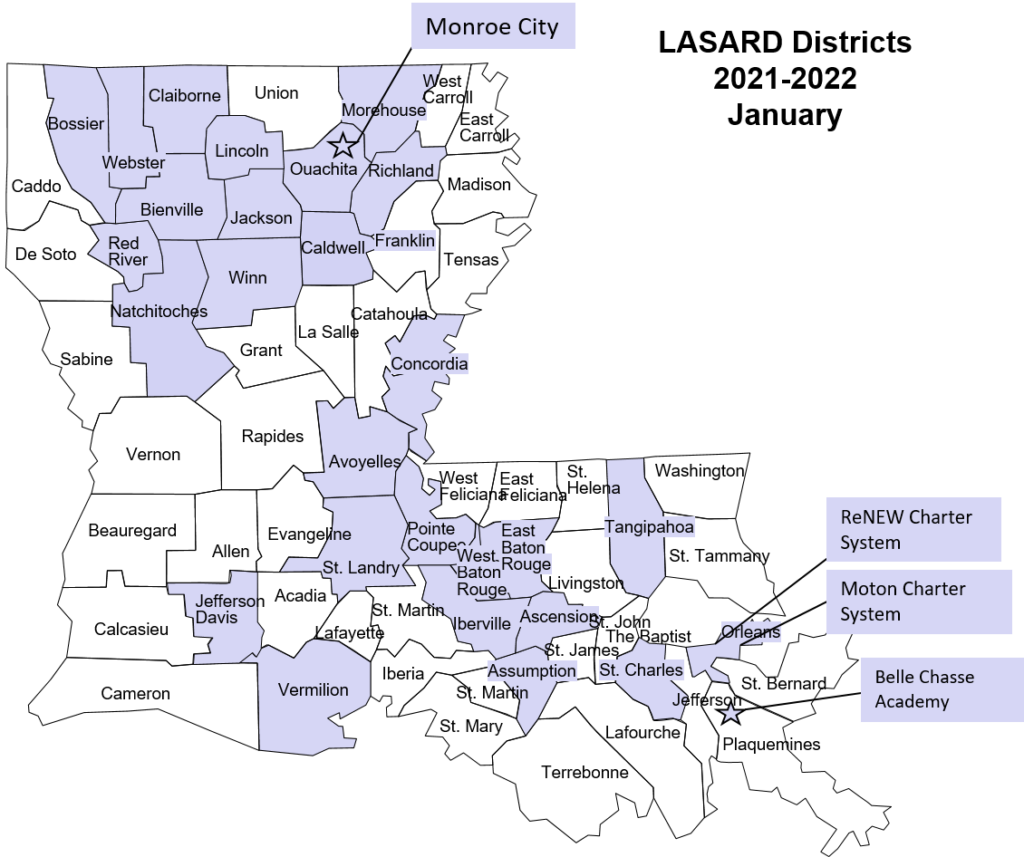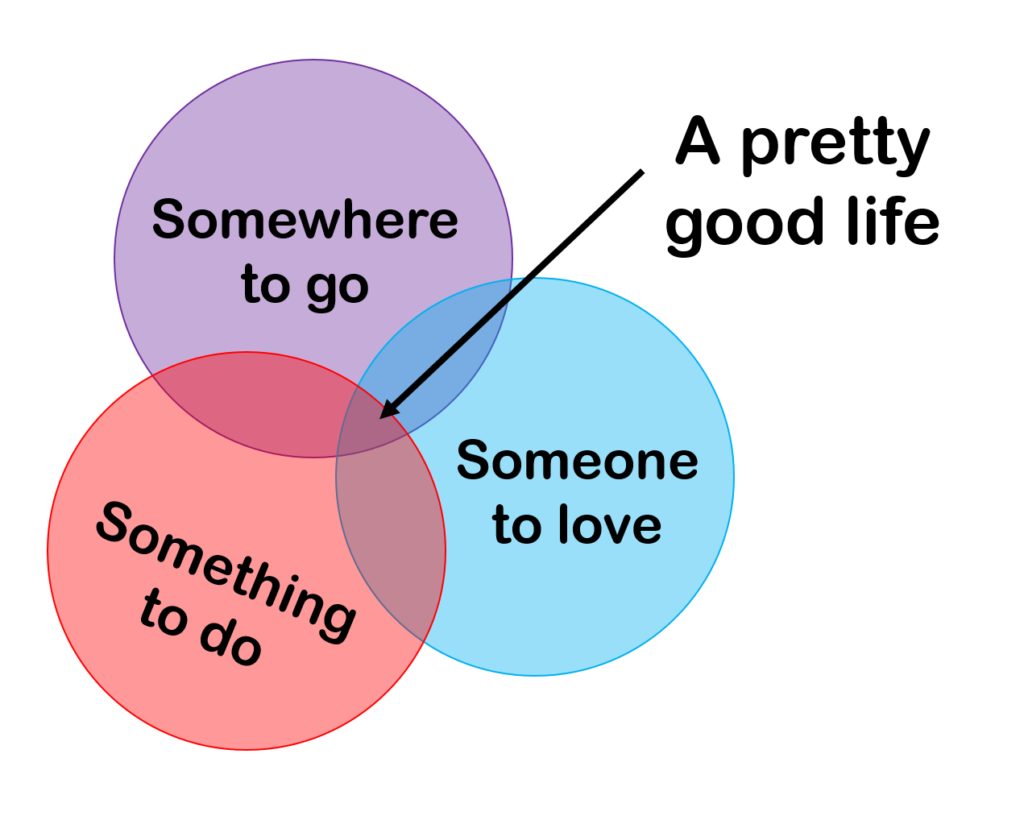HDC’s LASARD project extends reach across Louisiana

This article was written in collaboration with HDC’s K-12 Initiatives Director Julie Riley, M.Ed., BCBA, LBA, and HDC Director Philip Wilson, Ph.D.
Human Development Center’s Louisiana Autism Spectrum and Related Disabilities (LASARD) project has nearly tripled the number of school districts it collaborates with over the past two-years; going from about 10 districts to over 25 school systems across the state this 2021-22 school year. The HDC LASARD project is proud to serve “traditional” districts and charter systems from Webster and Morehouse in the northern part of the state, to Concordia in the east, to Jeff Davis in the southwest, and to Tangipahoa and ReNEW charters in the southeast.

Prior to the 2020-2021 school year, LASARD was funded directly by the Louisiana Department of Education (LDOE), and served an average of about 10 districts per year. When funding shifted to districts, the HDC LASARD project became an “LDOE approved vendor”; thus becoming completely dependent on school districts for contracts. HDC’s K-12 Initiatives Director, Julie Riley, M.Ed, BCBA, LBA, credits the increased interest from districts on the LASARD project’s reputation of building successful collaborative relationships within classrooms, school buildings and at the district and charter-system levels.
The diagram to the right illustrates the driving principle that serves as the foundation for LASARD project’s approach. The diagram illustrates how achieving “a pretty good life” for a student comes when the student is represented in the intersection of “somewhere to go, something to do, and someone to love.” HDC’s Educational Facilitators use the diagram to emphasize that educators and school administrators have opportunities to impact more than just a student’s academic achievement and performance on tests. Success in reaching positive outcomes for students and “a pretty good life” requires collaboration with district and school administrators, teachers, paraeducators, related service providers and families.
Educational Facilitators build relationships with district and school level administrators at the beginning of the school year. They work closely with administrators through collaborative planning meetings to review data from the past years and develop action plans to drive services for the coming year; always keeping the notion of “a pretty good life” and student growth and learning at the heart of their collaborative planning. To respond to unexpected events such as COVID-19, turnover in personnel, or a new student’s unique set of needs, LASARD project Educational Facilitators remain flexible in meeting the needs of school systems while keeping the goal of best educating students at the forefront.

The HDC LASARD project collaboration goes beyond the administrative level to facilitate maximum impact for students. Educational Facilitators build connections with teachers by having open lines of communication before and after visiting a classroom to ensure the strategies recommended are “do-able” for classroom and school-wide support needs of individual students. In some school systems, such as West Baton Rouge Parish Schools, trainings are provided specifically for paraeducators, who are typically with students the majority of the school day but often do not receive professional development. Related service providers (e.g., speech-language pathologists, occupational therapist, psychologists) are included on many of the district-level teams to provide their perspective, and are also included in training and coaching sessions. Families are often brought into these relationships, too. For example, after training and coaching a teacher on a communication system in Concordia Parish Schools, the Educational Facilitator invited the family to learn how to support their child’s communication. Additionally, the HDC LASARD project is currently offering a parent education series in East Baton Rouge Parish Schools. These parent sessions are based on strategies the teachers are learning through coaching and professional development provided by the LASARD project.
As the year progressed and other areas became of concern, our project-assigned Educational Facilitator collaborated with us to brainstorm solutions. I am grateful for the collaboration with HDC’s LASARD project, district leadership, and BUES educators. Our students with ASD and other disabilities, as well as our general education students, and all our faculty and staff have benefited from the partnership with HDC’s LASARD project!
From Paige Phillips, Principal at Brusly Upper Elementary School
The HDC LASARD project always strives to learn from and with our partners to broaden our perspectives and continually improve the quality of our training and coaching supports. Our focus has been–and always will be–for students to have the best outcome possible, and that they leave school equipped to create a good life that includes somewhere to go, something to do, and someone to love- a pretty good life, indeed!
About Louisiana Autism Spectrum and Related Disabilities (LASARD) Project
LASARD partners with school districts, systems, networks, or individual schools to build their capacity to serve students with disabilities. We do this through team action planning, providing direct training, and coaching in classrooms. The LASARD team provides educators with evidence-based strategies to improve the academic, social, behavior, and emotional outcomes of students with disabilities.
LASARD teaches you to support students academically, socially, behaviorally, and emotionally.
About Julie Riley, M.Ed., BCBA, LBA, K-12 Initiatives Director
Julie Riley has worked in the area of special education and behavior for over 20 years and has a passion for inclusive practices, increasing social interaction, and solving challenging behavior issues. Julie currently serves as the Director of K-12 Initiatives at the LSUHSC Human Development Center. Julie has been with HDC for 12 years, starting as a facilitator and now serving as director for the LASARD Project. While with HDC LASARD, Julie has provided professional development and coaching for schools and agencies across Louisiana. Prior to joining HDC, Julie worked as a consultant to schools and families, school counselor, and special education teacher. Julie is a Board Certified Behavior Analyst (BCBA) and Licensed Behavior Analyst in Louisiana. Julie loves living in New Orleans with her husband and son and partaking in all the food, music, and festivals – especially Mardi Gras!

 myLSUHSC
myLSUHSC